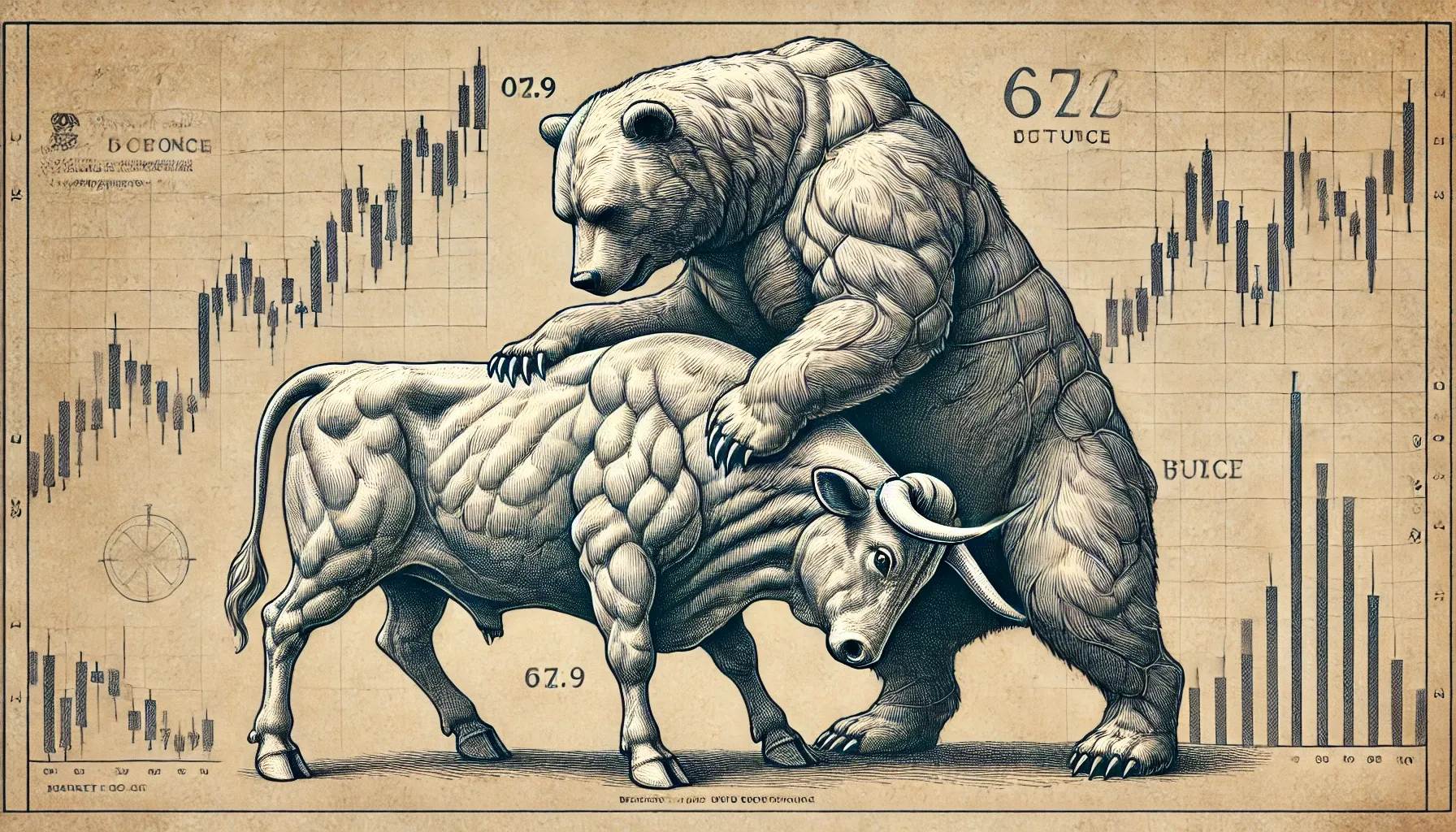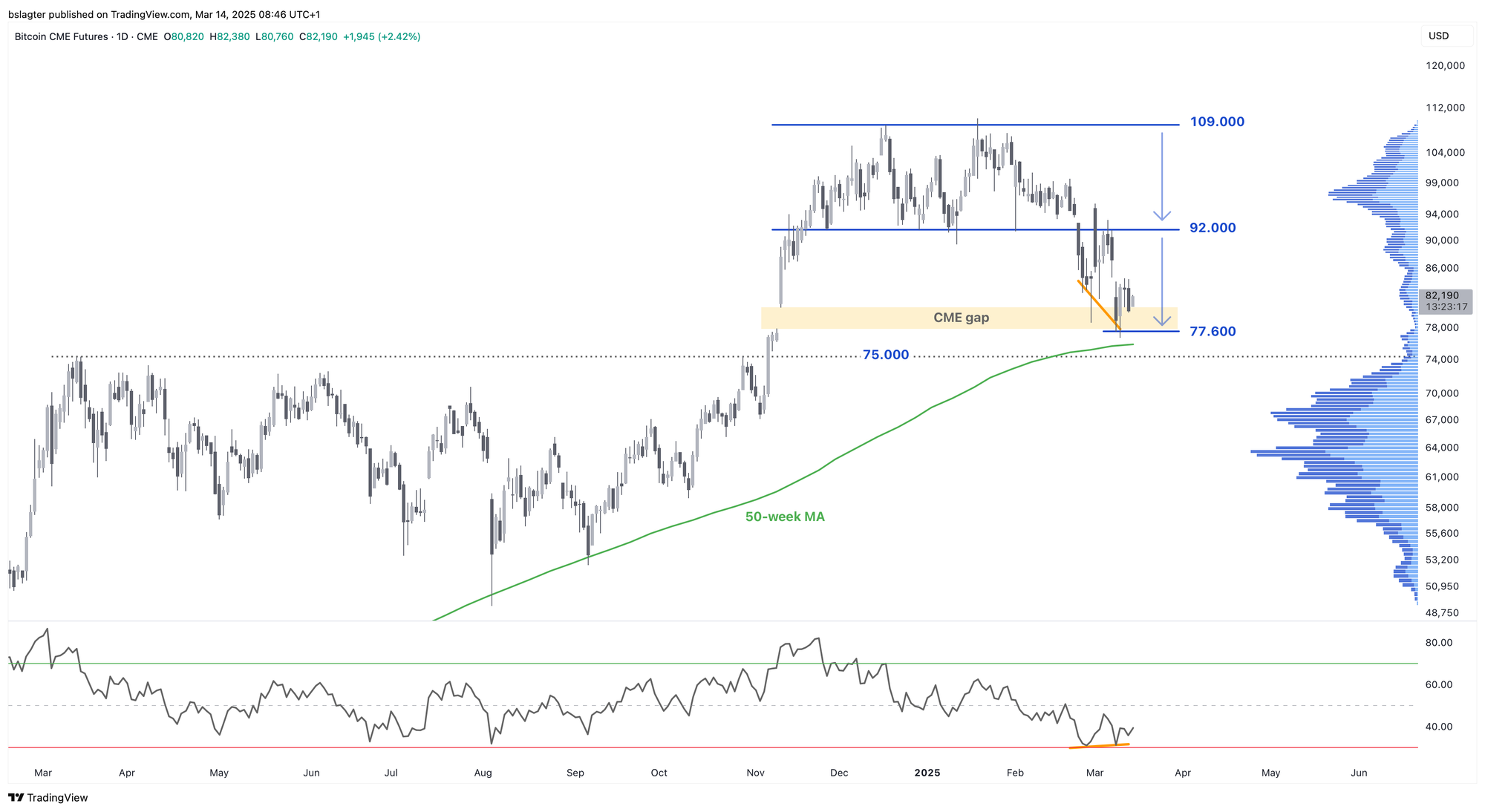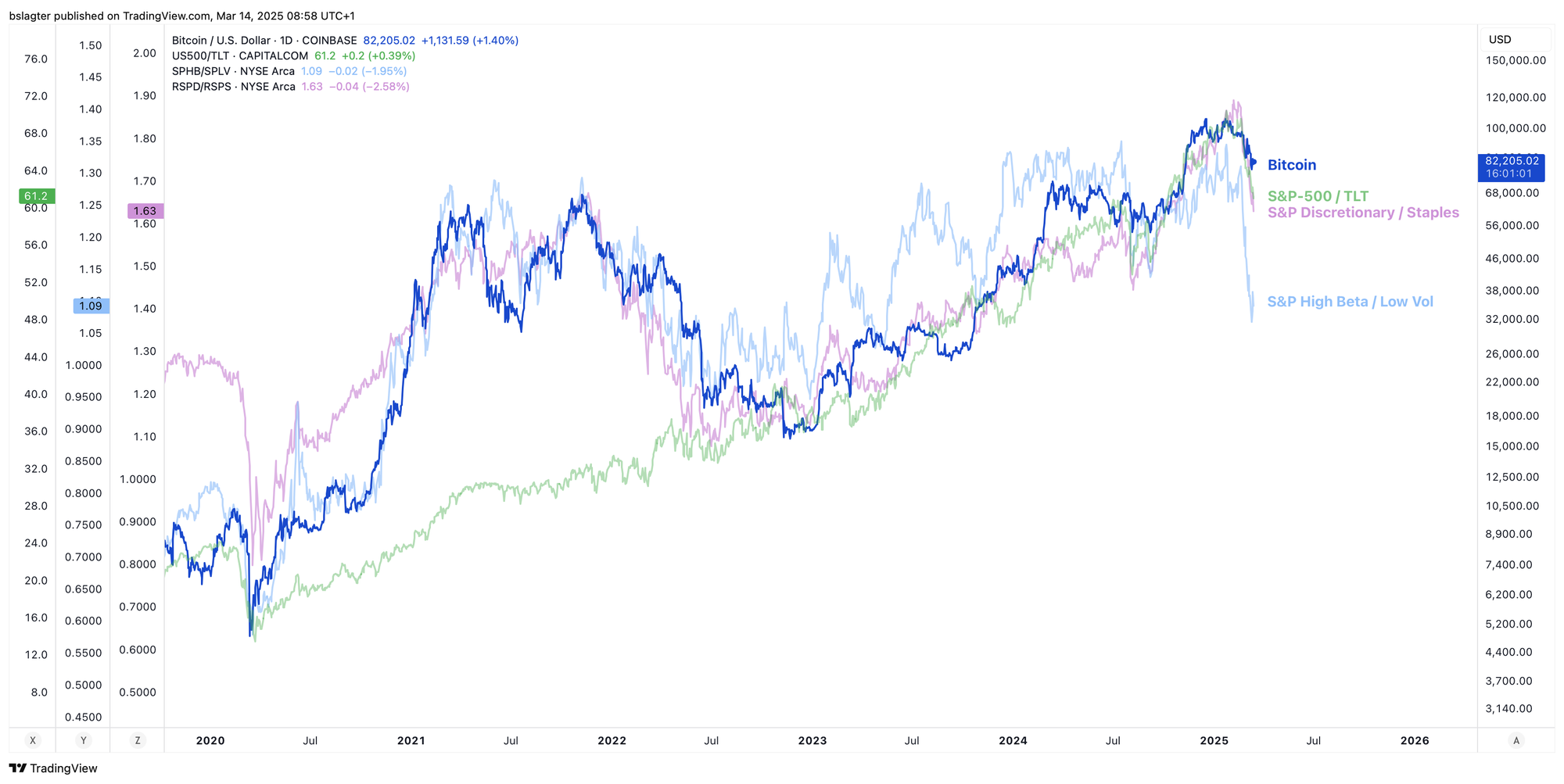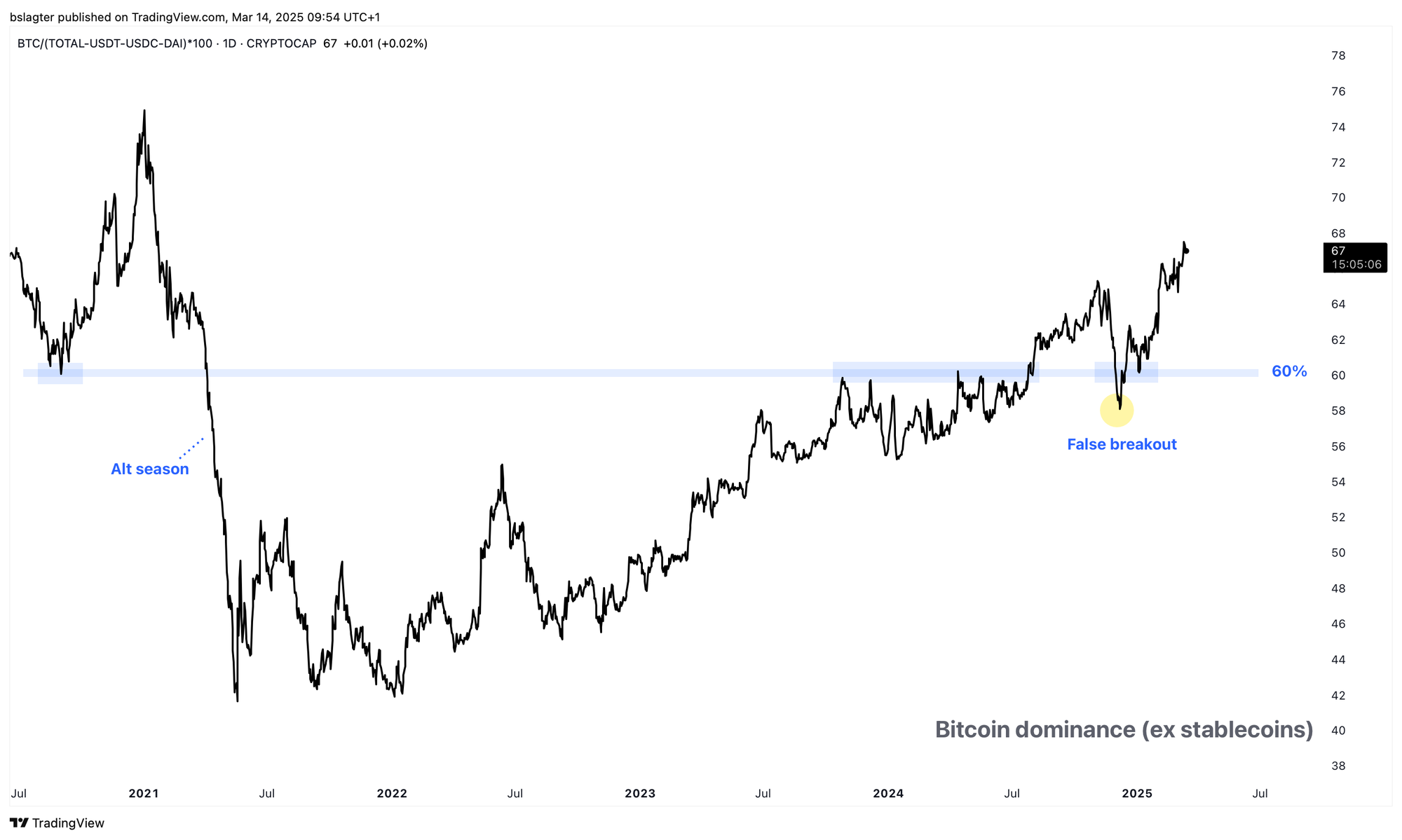Is a Mini Bear Market on the Horizon?
Trump creates a digital Fort Knox for bitcoin—no shitcoins and no taxpayer funds! With prices tumbling from $92K to $76K, is this bold reserve move fueling recovery or the onset of a mini bear market?

Last week, we discussed the executive order by which Donald Trump established the Strategic Bitcoin Reserve. The U.S. government is keeping its existing bitcoins, while the Finance and Economic Affairs ministers have been tasked with exploring ways to further expand the reserve.
The decree puts an end to the doubts and uncertainties that have surrounded discussions of the bitcoin reserve in recent months. There will be no shitcoins in the strategic reserve, no taxpayer-funded purchases, and, most importantly, no prolonged ambiguity about how it will be implemented.
With this digital Fort Knox, bitcoin makes another significant leap forward. Following endorsements from BlackRock and Fidelity for including bitcoin via ETFs, the President of the United States has now officially recognized bitcoin as a strategic asset for any serious investment portfolio.
While these developments are bullish, the price nevertheless dropped by 17% between Thursday and Tuesday, falling from $92,500 to $76,500 – its lowest level since November 10. Since then, the price has partially rebounded to about $81,000, but we haven't seen any dramatic omega candles or the expected surge-induced whiplash yet.
The current crypto reserve roughly aligns with what the market had anticipated since November—it was already factored in.
What hasn't been factored in—and isn't easily predictable—are any potential direct bitcoin purchases by the U.S. federal government, individual U.S. states, or even other global nations, should they choose to follow suit. However, such purchases don't appear to be on the table anytime soon.
Taking such a step would demand broadly supported legislation and, ideally, a diplomatic process that includes the U.S.'s international allies. This week, a bill was introduced (House, Senate), but it could take years before it reaches Trump’s desk for final approval—assuming he remains in office by then.
For the price evaluation, we are not incorporating the narrative of the strategic bitcoin reserve at this time. Without a cohesive narrative, bitcoin remains vulnerable to the macroeconomic and geopolitical turmoil fueled by the Trump administration.
After dropping to $76,500, bitcoin has filled the CME gap and hit the price target linked with the rectangle top pattern. Bullish divergence has emerged on the daily chart, suggesting that we may have reached a local bottom and could see some recovery in the coming weeks.

American investors have considerably reduced the risk profile of their portfolios in recent weeks. U.S. stock indices have taken a sharp downturn, and there has been heavy selling pressure in crypto as well.
It’s understandable that risk appetite in the U.S. is waning. As uncertainty grows, the range of realistic outcomes expands and the probability distribution widens. While tail risk always exists, even larger moves are now becoming reasonably anticipated.
This becomes evident when you segment an index like the S&P 500 based on different risk profiles. In the chart below, you'll see:
- S&P High Beta vs. S&P Low Volatility
- S&P Discretionary vs. S&P Staples
- S&P-500 vs. TLT (bonds)
In all three comparisons, the first segment performs better in a risk-on environment, while the second shines in a risk-off scenario.
In a bullish market, these ratios tend to rise, whereas in a more defensive market, they drop. They clearly illustrate how quickly conditions have deteriorated over the past few weeks. We are witnessing a similar shift in investor sentiment—from bullish to bearish—which helps explain why bitcoin is facing substantial headwinds.

Within the crypto market, reduced risk appetite is reflected in a steeper decline in altcoins compared to bitcoin. As shown in the chart below, bitcoin's market share is now at its highest level since January 2021.
Many altcoins have fallen more than 50% from their December peaks. For some, the recent rally was never truly a bull market, and they are now hovering just above their 2022 lows.
This partly explains the gloom among retail crypto investors; many of them predominantly hold altcoins. Nevertheless, even bitcoin holders are feeling the strain—a peak of $109,500 seems paltry compared to the lofty promise of one million dollars per bitcoin often touted by finfluencers.
It's realistic to expect several more months of challenging conditions—possibly even persisting for the rest of the year. We'll delve deeper into this topic shortly in “Do We Face a Mini Bear Market Ahead?”
That doesn't necessarily mean the price will only fall. Even in the face of headwinds, we see alternating weeks of gains and losses. However, as long as Trump's policies continue to prompt American investors to shed riskier assets, the continuation of a bull market seems unlikely.

For our Alpha Plus members, we'll now explore the reasoning behind Trump's policies and what they mean for both the S&P 500 and the crypto market. Here are the topics on the agenda:
- Do We Face a Mini Bear Market Ahead?
- M2 Money Supply Is Rising! When Will the Bull Market Continue?
- Were the U.S. Inflation Figures Really That Great?
